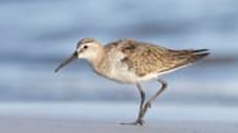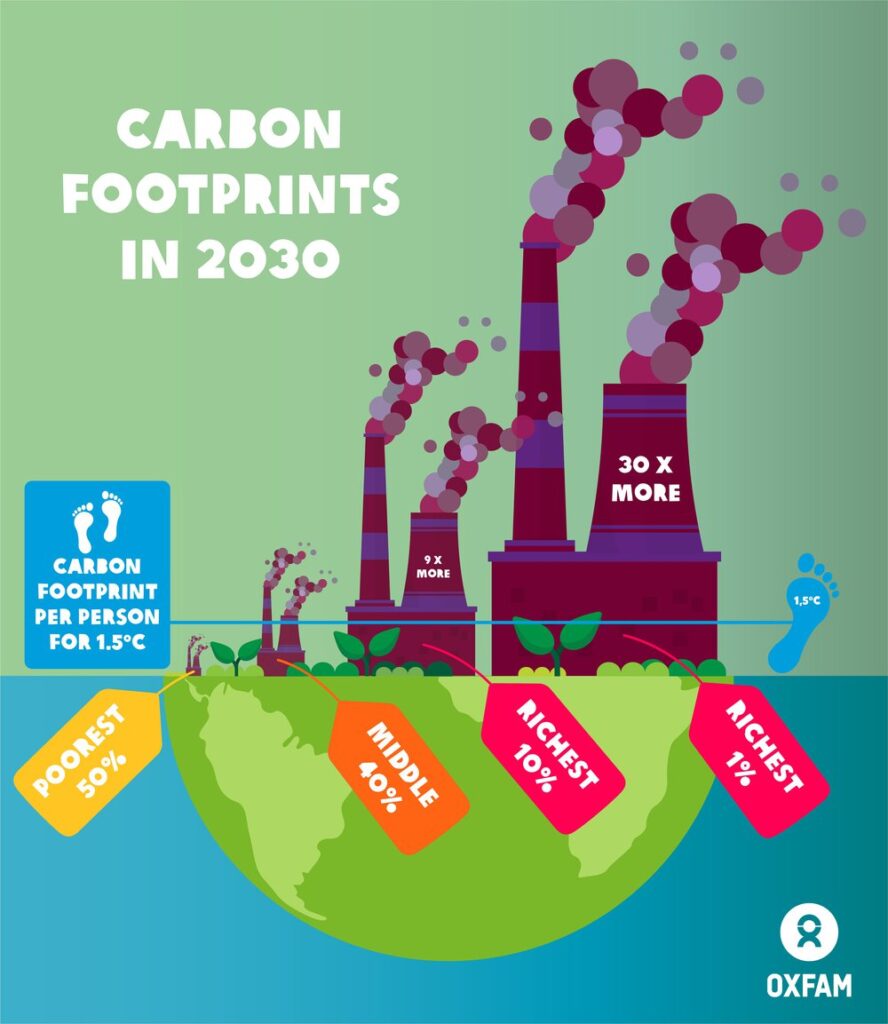Much-loved and well-known Australian animals have been added to the international Red List of threatened species, sounding the alarm on the escalating extinction crisis here in Australia and around the world.

There are now 742 endangered Australian plants and animals on the International Union for Conservation of Nature’s Red List of threatened species.
“Our disappearing wildlife are sending us a dire warning,” ACF National Nature campaigner Jess Abrahams said.
“Australia has one of the worst extinction rates in the world, we’ve caused the extinction of more mammals than any other country.
“Wildlife populations across Australia and across the planet are in decline, and we will lose many species if urgent action isn’t taken to stop rampant deforestation, invasive species and climate change.
“If this isn’t motivation for the Albanese government to strengthen Australia’s national nature laws – what is? Any further delays to law reform risks further extinctions.”
Among the species at risk of extinction are:
- Heath mouse: the main threats to this now endangered heathland-dwelling species are predation by feral domestic cats and red foxes, inappropriate fire regimes, habitat destruction and fragmentation mostly for agriculture, habitat degradation and weed invasion, and climate change causing a drying climate and increasing temperature extremes.
- Curlew sandpiper: a migratory bird seen around Australian shore lines, is threatened by habitat destruction and human disturbance, including at the Hunter River Estuary which is located to the urban centre of Newcastle. Curlew Sandpiper numbers have declined at inland wetlands in Australia, and this is thought to be associated with the destruction of wetlands in the Murray-Darling Basin. The Curlew sandpiper is Vulnerable on the IUCN Red List.
Other species that are found in Australia but are more threatened globally include:
- Pink ling: commonly sold in restaurants and fish and chip shops around Australia, this species has been added to the Red List as being vulnerable to extinction. The global population of this once common fish is estimated to have declined by 39% since 1970. The species long-life and delayed maturity increase its vulnerability to over fishing.
- Giant clam: well-known on Australia’s Great Barrier Reef, the now critically endangered giant clam is the largest aquatic mollusc on Earth, weighing up to 250 kilograms and growing to a metre long. Global threats to this endangered species include habitat destruction, over fishing, disease, and climate change.
The WWF’s Living Planet Report recently found a reduction of 73% in the average size of global wildlife populations. It identified the destruction of habitat, primarily due to the way we grow and harvest food, as the dominant threat to wildlife populations around the world.


